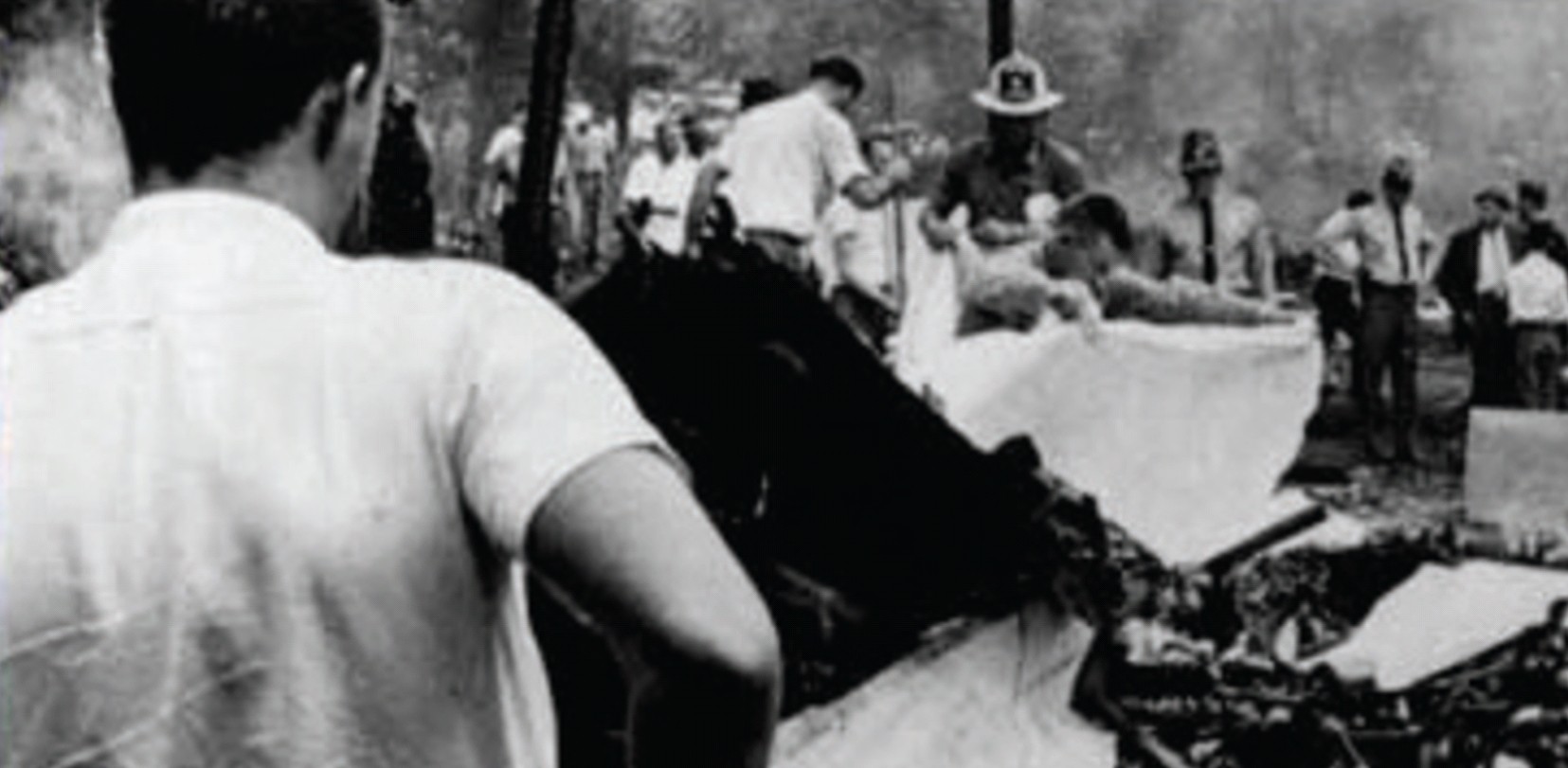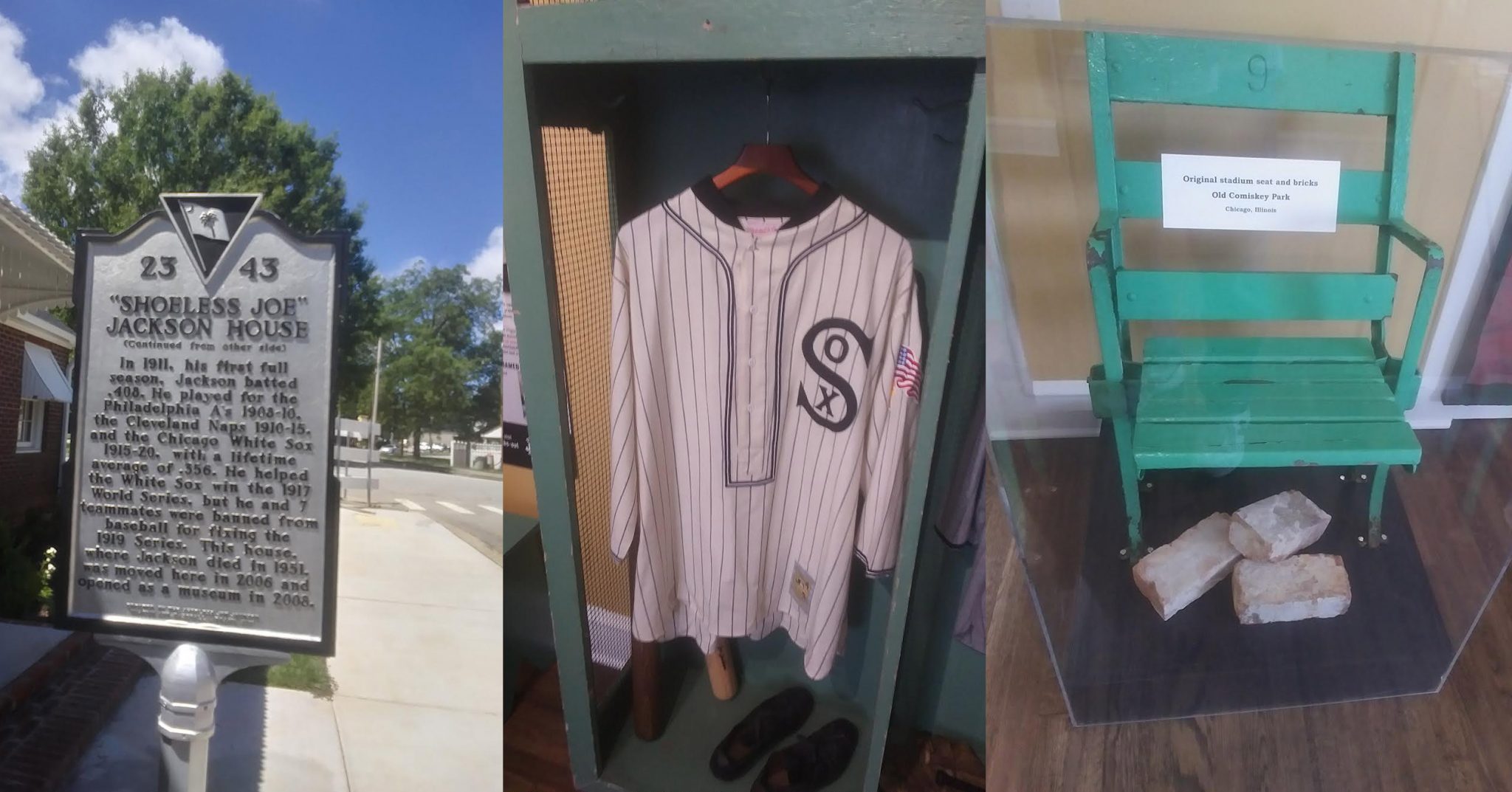Notable Men of Henderson County: George Mills
By: Dan Gibbs
The story of George Mills is one of the more fascinating story’s to come out of Henderson County during the Civil War. It is a story of friendship, loyalty, and devotion that transcended the social structures that were in place in pre-war United States at the time.
George Mills was born into slavery in Polk County, North Carolina near a community called Mill Springs. His mother was Moriah Mills, a slave belonging to Ambrose Mills who owned a plantation on the Green River in Polk County.
When George was 13 years old, he was sold to prominent Hendersonville attorney William Bryson and young George became the valet to William’s son Walter nicknamed “Watt.” Watt had just graduated from the South Carolina medical school in Charleston when the Civil War broke out. Watt immediately joined the Confederate Army and was mustered into Company G of the 35th North Carolina Regiment where he was elected Captain by his peers.
It was a customary practice in the Confederate Army for the officers to be allowed slaves while they served. William sent George to Camp Mangum in Raleigh, North Carolina to serve with Watt and to look out for him and to “bring him home when the war was over.”
The 35th North Carolina became part of Robert E. Lee’s Army of the Potomac and Watt saw action at Seven Pines and Malvern Hills and he was also with General Lee when Harper’s Ferry was captured by the Confederate Army early in September 1862.
A big battle was brewing at Sharpsburg, Maryland in the middle of September 1862 and the night before the battle Bryson called Mills to his side and gave him his gold watch and $400 with the instructions that these items were to be given to Bryson’s mother should he not survive the battle.
Watt was killed at the Battle of Sharpsburg and after located Watt’s body, a grieving George procured a casket for Watt’s body and he made it by train to Greeneville, Tennessee. It was a trip that took several days. Once arriving in Greeneville, George hired a wagon and a driver to make the rest of the trip home to Hendersonville, taking him three more days. Watt’s body was interred at the Methodist Church in Hendersonville the next day and George helped to dig the grave.
George joined the Henderson County Home Guard to serve out the remainder of the Civil War and he remained active in the Confederate Veterans Association for the remainder of his life. He attended several national Confederate conventions and he also received a Confederate pension for his service.
In 1923, Watt Bryson’s body was moved from the Methodist Church Cemetery to the Oakdale Cemetery in Hendersonville. Once again, George Mills was there to escort Watt Bryson’s coffin to its new resting place thereby keeping his promise to William Bryson to escort his son’s body home.
George Mills died on June 3, 1926 at 82 years old and he is buried in the same Oakdale Cemetery that Watt Bryson is buried in.
An excellent starting point for any history on Henderson County is Frank L. FitzSimons three volume work From the Banks of the Oklawaha. The story on George Mills is found in Volume I pgs. 115-119.
The story of George Mills has also gotten some recent attention in The Fairview Town Crier in an article by local historian Bruce Whitaker “George Mills and Capt. Walter M. “Watt” Bryson in which he gives a more in depth telling of the story. The article was published June 6, 2011.
In an online article published by www.thetribunepapers.com on May 13, 2020 the story of George Mills is detailed in an article entitled “The Matchless Devotion of Black Confederates.”







